- Our Products
- Upper Extremity
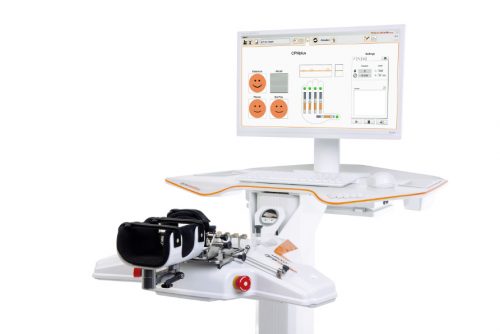 AMADEO The hand therapy world champion
AMADEO The hand therapy world champion
Boredom in finger-hand rehabilitation? Not with AMADEO! Motivation in the course of therapy is just as essential as fingers and hands are for daily life. Regardless of whether it is an adult or child, AMADEO increases therapeutic ambition with sophisticated robotics and a playful approach, and also visualizes the smallest successes in all phases of rehabilitation. Bottom line: AMADEO is simply unique.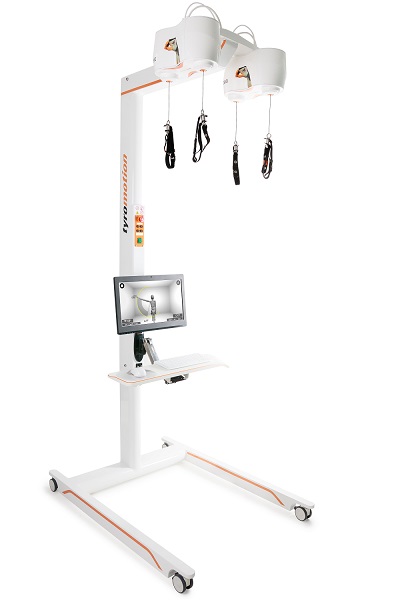 DIEGOBilaterally back to life
DIEGOBilaterally back to life
Finally go fishing again? DIEGO® skilfully assists patients with its unique intelligent weight relief. With its three-dimensional therapeutic area and virtual reality, DIEGO® enables the ideal transfer of what you have learned into everyday life – exactly with the required support. Nothing more and nothing less.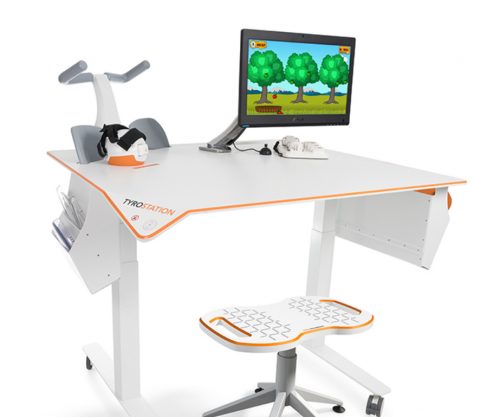 TYROSTATION Endless options, well organized
TYROSTATION Endless options, well organized
Anyone who is as versatile as PABLO® and TYMO® needs structure to really unfold. The Tyrostation is home to all individual components of our two all-rounders and also provides perfect ergonomic adaptability for every patient.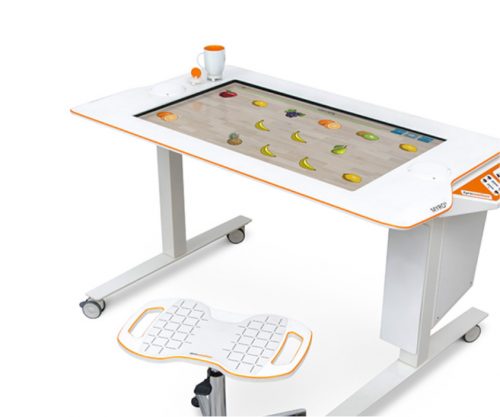 MYRO Full of variety, versatility, innovation and creativity
MYRO Full of variety, versatility, innovation and creativity
Real objects, power control, touch applications and a whole lot of fun: this is what constitutes goal-oriented, intuitive therapy with MYRO. The sensor-based surface is the basis for creative therapy which brings about meaning and self-determination in daily life.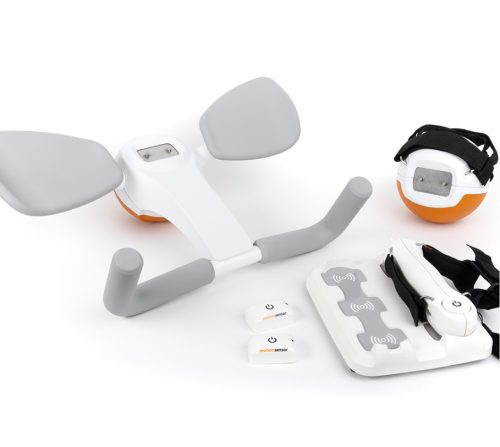 PABLO As versatile as life
PABLO As versatile as life
PABLO® is an all-rounder when it comes to activities of daily living. Position sensors and numerous accessories open up incredibly versatile therapeutic options in a safe environment for patients of all impairment levels.
- Lower Extremity
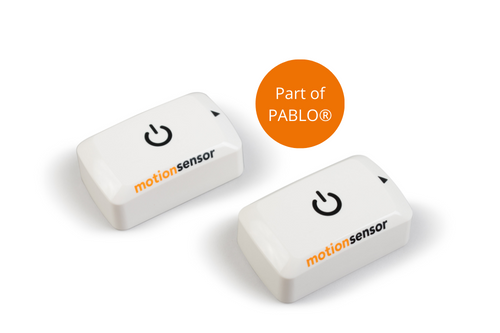 PABLO Lower ExtremityPart of PABLO®
PABLO Lower ExtremityPart of PABLO®
Always know where therapy is going
PABLO® Lower Extremity, our gait analysis and training system, precisely measures the parameters which are required for the selection of the most effective therapeutic measures for gait improvement. Simple and location-independent application as well as size-independent measurement makes the package complete – small device, great effect!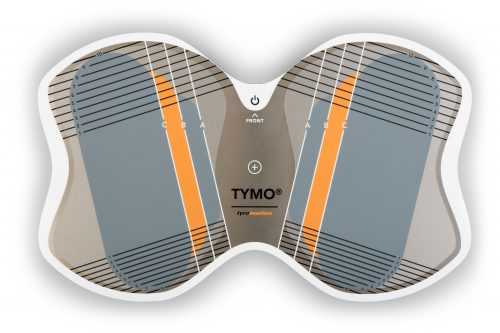 TYMO Balance in perfection
TYMO Balance in perfection
TYMO, a portable posturography system and the world’s thinnest balance platform. Flexible in application, TYMO trains postural control in a sensitive, specific and meaningful manner, and is therefore the basis of all movements. Motivation and fun are included.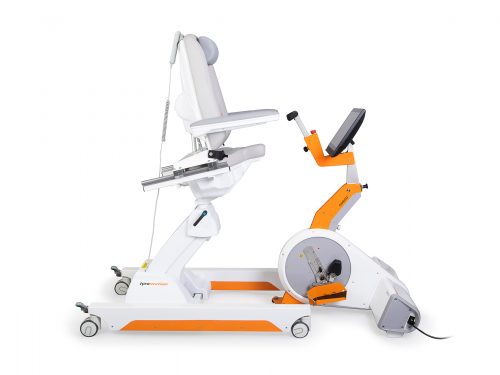 OMEGO Plus Therapy for all phases of gait rehabilitation gone motivational
OMEGO Plus Therapy for all phases of gait rehabilitation gone motivational
Two separate drives mobilize the patient in an effortless, isolated and focussed manner, and therefore make OMEGO® the long-desired stopgap between mobilization and locomotion. What else remains for patient and therapist to do? Train in a motivated manner, have fun and achieve goals.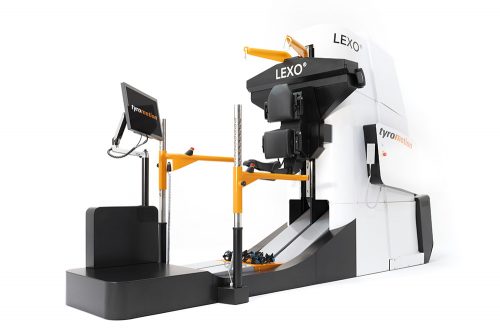 LEXOGait training at its best
LEXOGait training at its best
Maximum number of steps and intensity, low in height, easy handling and fast setup time: Impossible? It works! With LEXO® patients take the first impressive steps back to mobility and enjoy the feeling that things are finally getting better again.
- MTT-Line
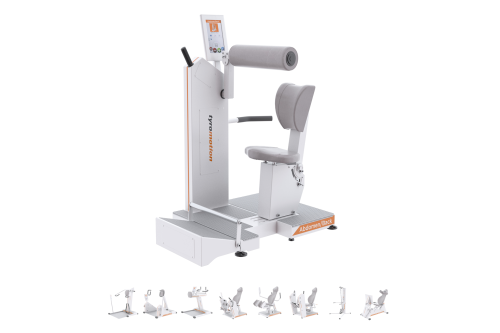 MTT-Line Medical training therapy
MTT-Line Medical training therapy
The barrier-free MTT-LINE specifically strengthens the six major muscle groups of the human body.
- Software
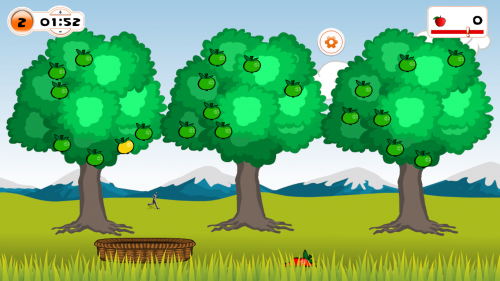 TyroS The heart of our technology
TyroS The heart of our technology
Our TyroS software – developed by and together with therapists – is the heart of our technology that combines devices, know-how and therapeutic games. It is a sophisticated therapeutic system that helps challenge and encourage patients.
- Upper Extremity
Rehabilitation
Patient Motivation: The role of health data in physical and occupational therapy
14. March 2022 ● 2 min. Reading time
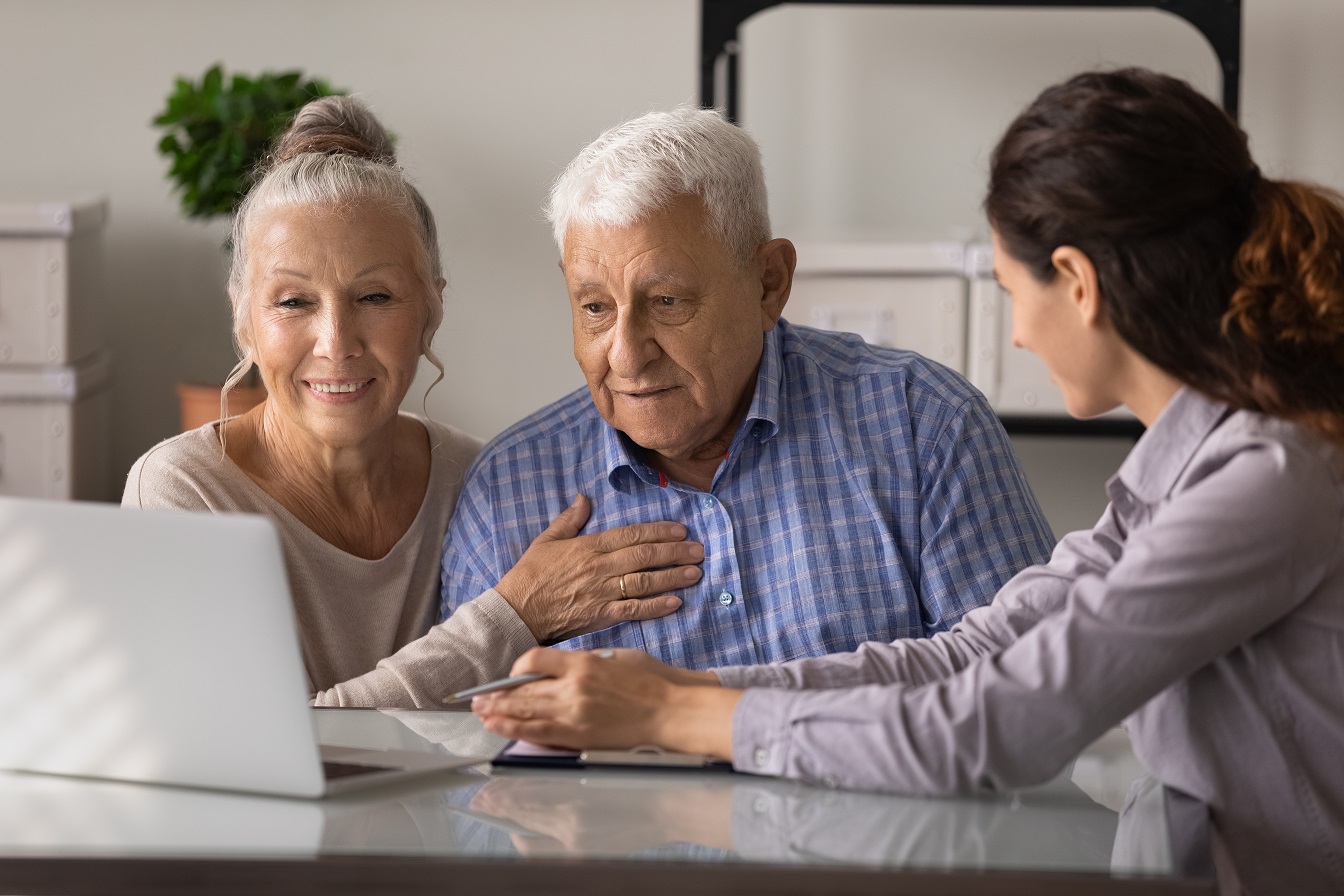
Health Data is the answer
Data is increasingly becoming the heart of everything we do — and healthcare is no different. Objective data from rehabilitation technology can help doctors and therapists to adapt the therapies according to the patients progress.
Numbers foster motivation and can generate hope in patients. By seeing daily or weekly improvements, patients tend to perform more exercise repetitions and exert more effort.
All Tyromotion devices include TyroS, a sophisticated therapeutic software developed by and together with therapists. TyroS uses gamification and data to help patients in the following ways:
1. Make Therapy Fun and Engaging
Games like Pac-Man and Asteroids have remained popular for a reason. Gaming harnesses our intrinsic desire to perform and reach higher goals. Competition, even with oneself, can be a critical motivator, and it fits perfectly into the rehabilitation environment.
Gamification of therapy takes otherwise dull and mundane tasks and makes them fun and engaging. For instance, patients are encouraged when they receive positive feedback or when they beat their own high score.
In addition to the instant feedback of gaming, therapists can share a more global picture of progress. Daily, weekly or monthly analytic reports help patients further visualize their achievements.
Since advanced rehabilitation technology is software-based, grading treatment plans is simple. Therapists can start with easier exercises and develop personalized programs based on patient ability and progress.
These devices also allow patients to move through therapy at their own speed. When a patient is ready, the therapist can increase the difficulty of each task to fit the client’s individual needs. Grading can also help the therapists to ‘push’ patients on by increasing the difficulty.
2. Visualize Progress
Re-learning to walk or performing certain daily tasks is often a slow and frustrating process. That’s why physical and occupational therapists need every tool possible to keep patients engaged. In addition to the gamification of therapy, sensor-based devices can provide helpful feedback that can inspire patients.
Sensor technology acquires patient information that is not necessarily visible to the naked eye. Therapists can draw from this data to plan and evaluate the therapy process.
By sharing numbers and infographics, practitioners can better communicate with patients. These snapshots of incremental progress help patients recognize what they can’t see in real-time. This can give hope when hope feels lost and inspires patients to persevere.
Whether through a graph, a bar chart or numbers alone, helping people visualize their progress can be a powerful motivator. According to a study, “a patient’s perception of therapy, in terms of its relevance to daily needs, the perceived potential to reduce disability and improve quality of life play a role in motivation.”
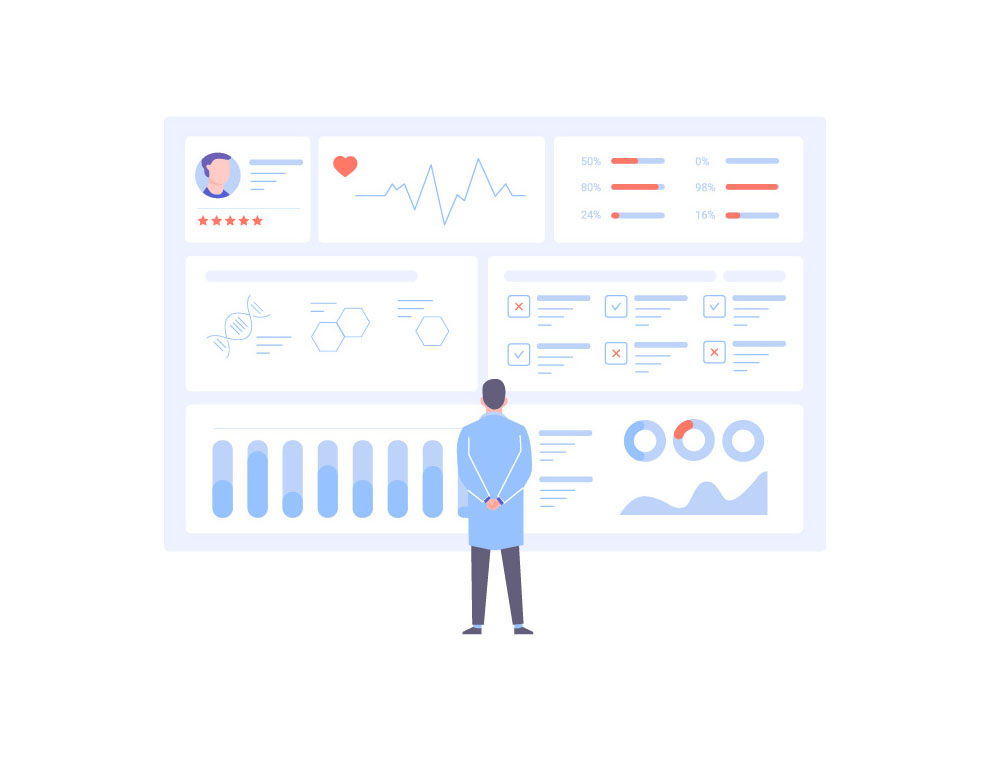
3. Relearn Activities of Daily Live (ADLs)
Sensor-based technology is helping patients of varying impairments relearn the so-called activities of daily living like dressing or feeding. Tyromotion’s sensor-enabled devices, including PABLO , PABLO Lower Extremity and TYMO, provide meaningful data that measures:
- Overall movement
- Limb flexion and extension
- Exerted force
- Gait parameters
- Asymmetries in gait patterns
- Stability and coordination
Neurological events such as stroke or traumatic brain injury can take away a great deal from the affected person. Data and gamification can help to increase motivation and redirect focus in a positive way.
Progress, whether slow and steady or rapid, is a step forward in recovery. Data offers objective markers that can provide hope and inspiration to patients as well as ultimately lead to better outcomes.
You might also be interested in
4. April 2023
Health
Rehabilitation
Stroke nutrition guidelines for optimal health
Nutrition as the key part in health and well-being of stroke survivors A healthy, balanced …
21. March 2023
Rehabilitation
Kinesio taping in neurology as a useful therapy supplement
The Kinesio tape and its usefulness in neurological therapy What was originally known only from …
7. March 2023
Rehabilitation
Exercises against freezing of gait in Parkinson’s disease
When the legs freeze – how does the symptom “Freezing of Gait” manifest itself? Parkinson’s …








